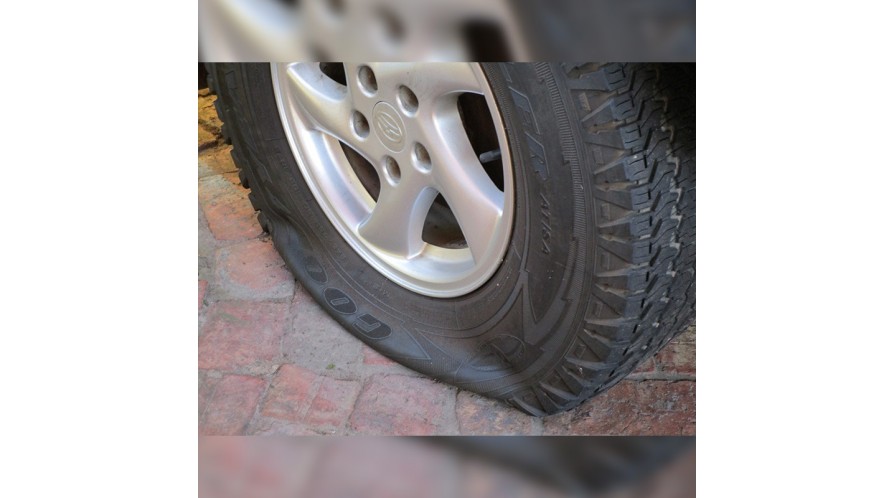
Punctures – Repair or Replace?
Punctures – Repair or Replace?
The dreaded puncture! An annoying inconvenience that will have you getting your hands dirty and asking the question “must the tyre be replaced?”
There are global guidelines that all major tyre producers subscribe to that determine if a puncture is safe to repair and prescribe how the repair must be done. Incorrectly repaired tyres cost lives and it is important for every motorist to understand the correct process for repairing a puncture. The onus is on you to ensure that this is done correctly, there cannot be a compromise on safety. A number of factors must be considered:
- Remaining tread depth
- Previous damage
- Location of the puncture
- Size and manner of the puncture
- Internal and structural damage
To correctly repair a punctured tyre, the tyre MUST BE REMOVED from the rim. The inside of the tyre must be assessed for hidden damage and any repair must completely fill the path of the ‘puncturing’ object through the tyre. You cannot repair a tyre if:
· The diameter of the puncture hole is bigger than 6 mm
· There is less than 1,6 mm of tread remaining on the tyre
· The repair patch is within 20mm of any previous repair
· The damage is on the shoulder or sidewall outside the tread area
· The bead, inner-liner or interior of the tyre is damaged in any way
 |
|||
 |
|||
If the tyre can be safely repaired, the only method that should be used is a mushroom plug applied from inside (a combination of a plug and patch).
· The inner liner of the tyre must be buffed and prepared.
· The path of the puncture through the tyre must be cleaned.
· The plug is pulled through to completely fill the path of the puncture.
· The patch is cemented and coated to ensure air integrity.
· The tyre is re-fitted to the wheel, inflated and water tested.
· The wheel is balanced to adjust for redistributed weight as a result of the repair.
The repair must seal the leak, restore the integrity of the inner-liner and fill the path of the object that caused the puncture. If a repair does not comply with these standards the repair is improper and the tyre will be compromised by air loss and moisture that will reach the steel belts and casing cords causing them to deteriorate.
A legal and safe repair can only be done by removing the tyre from the rim, a puncture repair done without tyre changing equipment in under 15 minutes or for less than R120 is certainly non-compliant. Responsible tyre dealers will always follow these protocols and will refuse to repair tyres that are deemed unsafe.
The following circumstances must also be noted when dealing with puncture scenarios:
· An inner tube must never be as a substitute for a correct repair.
· Tyre aerosols and OEM mobility kits, where a sealant injected into a tyre through the valve provide temporary mobility and are not considered a permanent repair.
· Tyres that have been inflated using a sealant may be damaged due to having been used in underinflated or overloaded conditions and must be inspected before a repair is undertaken.
· If a tyre is punctured while off-roading, a “string repair” plug may serve as a temporary low speed solution but must be replaced with a proper repair as soon as possible. This repair method is improper as the tyre is not removed from the rim and inspected for hidden damages and should only be used as a short term solution where there is no alternative
Driving on an improperly repaired tyre is highly dangerous because it will cause further damage to the tyre and cause it to deteriorate over time. An improperly repaired tyre driven at high speeds can suddenly fail causing loss of vehicle control.
